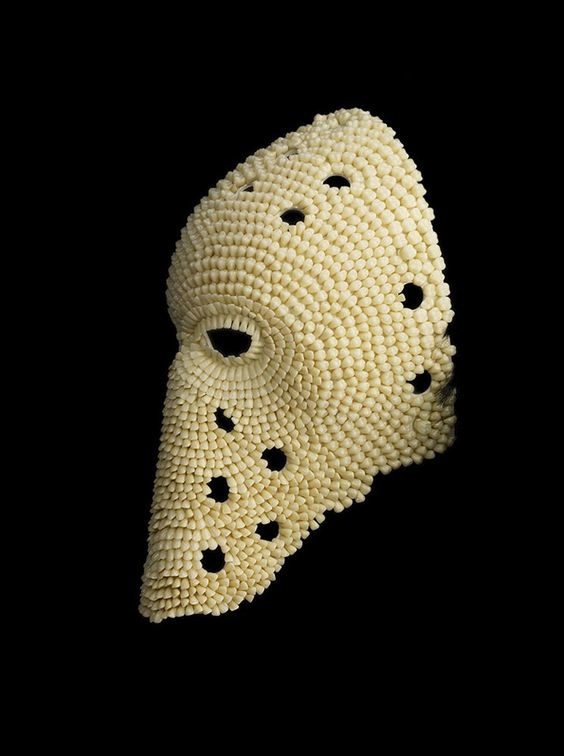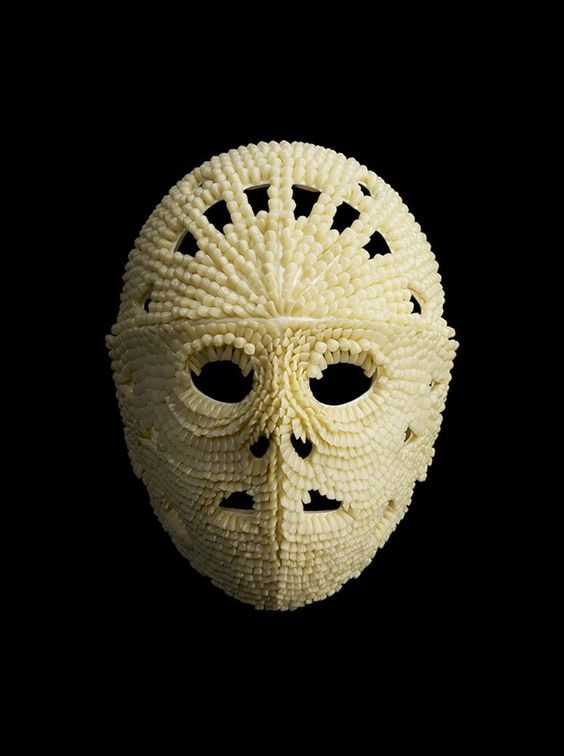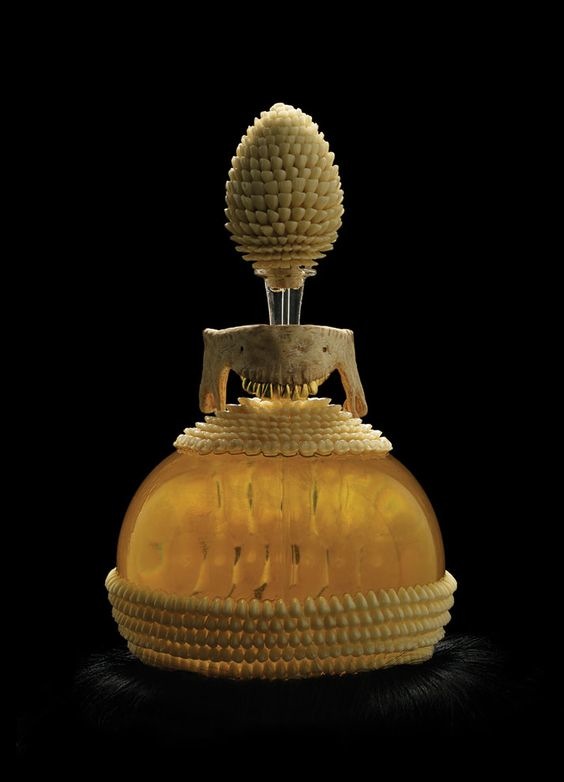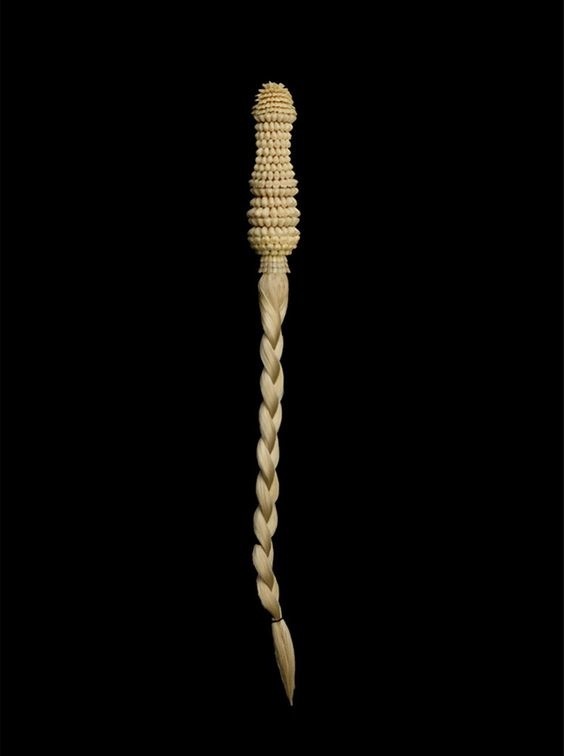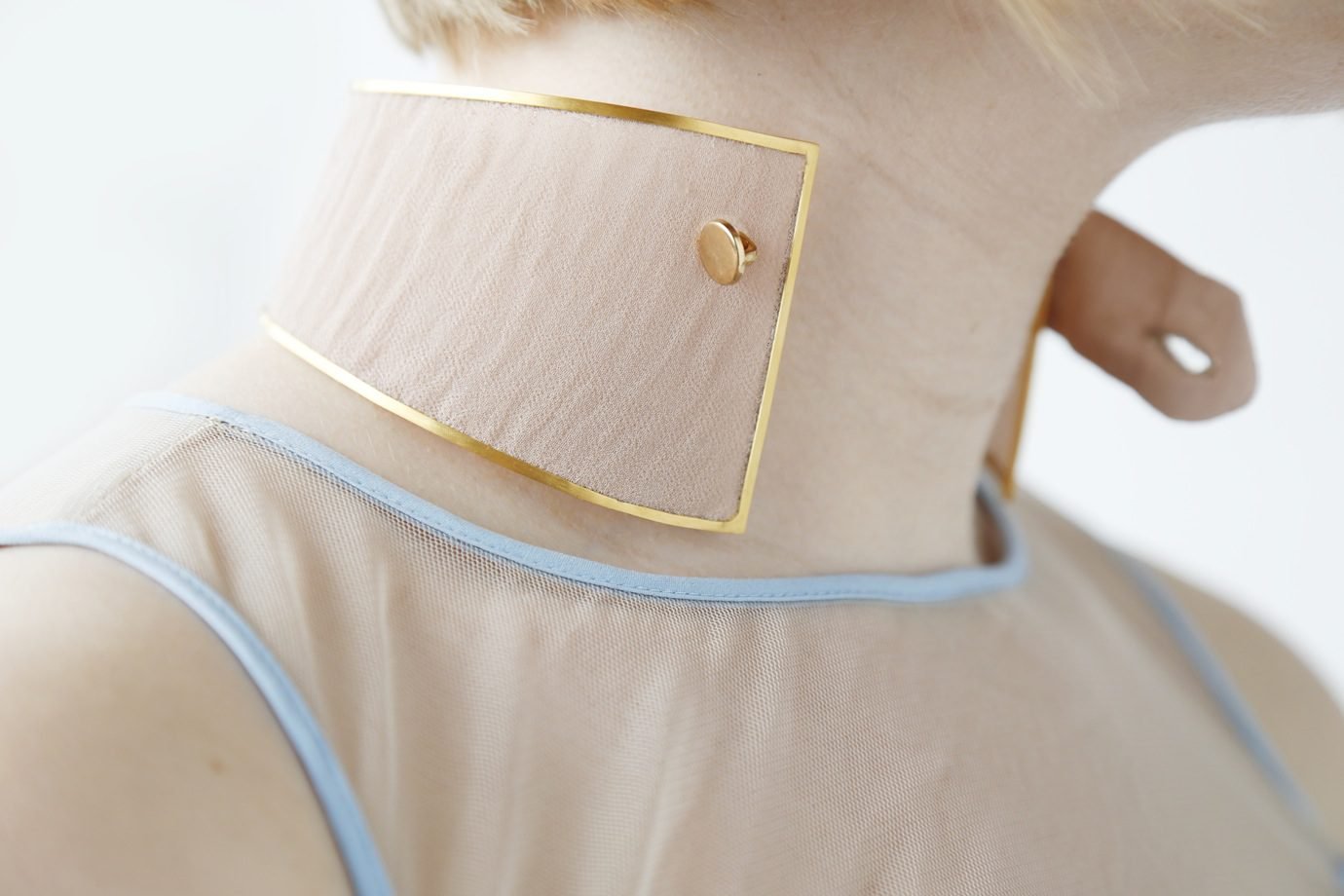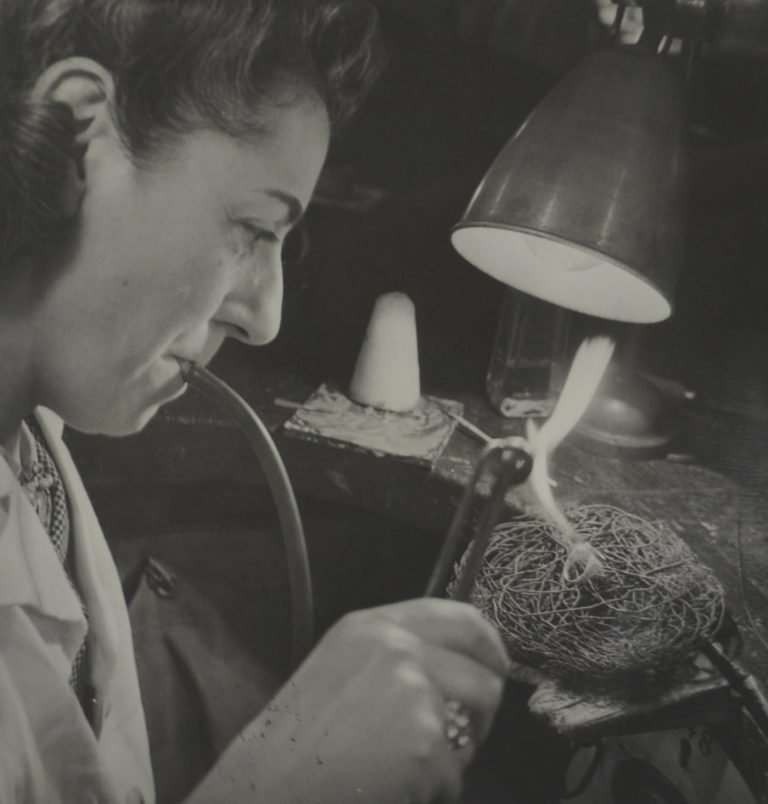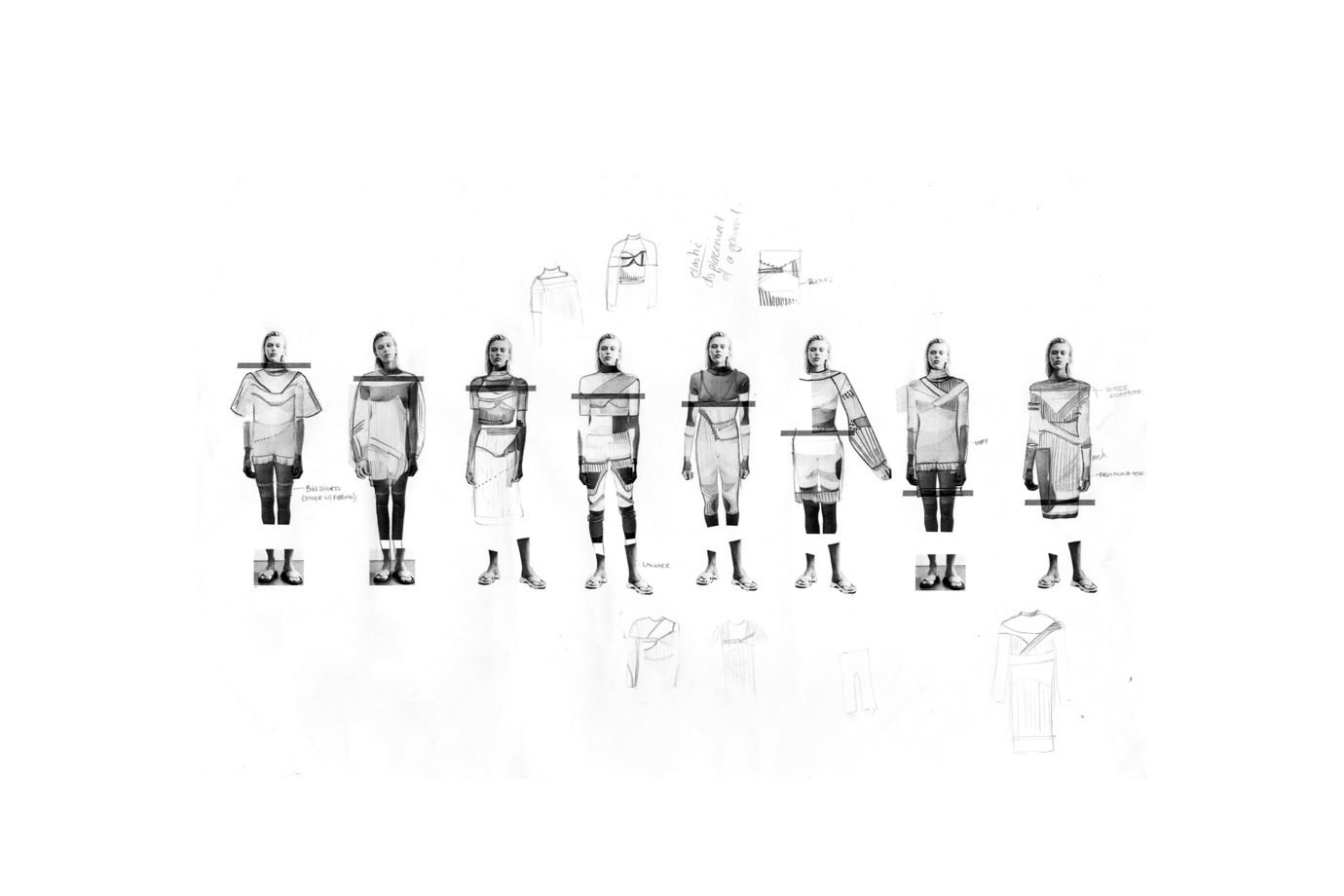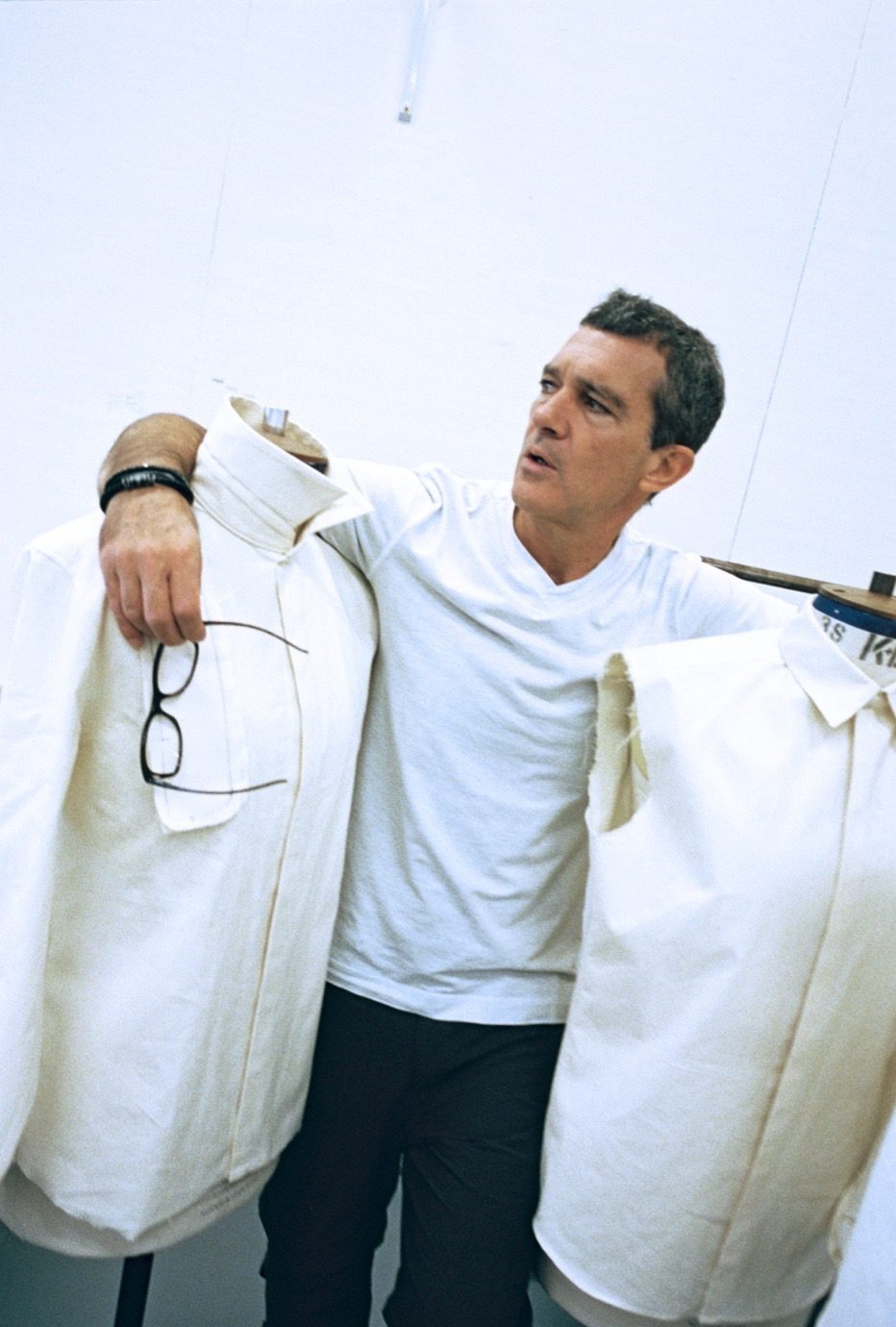“WE’RE A PRODUCT OF OUR TIME, BUT WE DO NOT WANT OUR WORK TO COME ACROSS AS PREACHY OR ANGSTY OR LIKE SOME SERMON.”
Business, commerce and luxury are very present in your work and you’ve been living in Hackney Wick since 2004. Do you see your last project as a response to, for example, gentrification and skyrocketing renting prices?
F&Y: London is almost like New York, right? If you make it in New York, then you can make it anywhere… We originally went to Hackney Wick because nobody was there. It was forgotten, it was broken down and incredibly cheap, until suddenly everybody wanted to be there from the Olympics onwards. Maybe our work subliminally was about commerce, but I don’t think literally. When people say they’ve been to London, they haven’t really been to Britain.
Because it’s a city-state.
Exactly, plus it is this economic Darwinism which we’re interested in, but not as biologists. A Darwinist theme in a social context, like the bank crash of 2008, that’s another one of political policies that have been imposed. The democratic free market… these are all older and far-reaching than what we think.
The work might have been triggered by this abrupt change, not as a direct conscious response where A becomes B?
We’re currently using our studio in Hackney Wick as a storage space, but we have another space that we use for work. The earlier work from that time (School Gymnasium and the Mascot) were actually made when the Olympics came, so in that case the environment influenced us, but also these new ways of communication with internet and social media.


